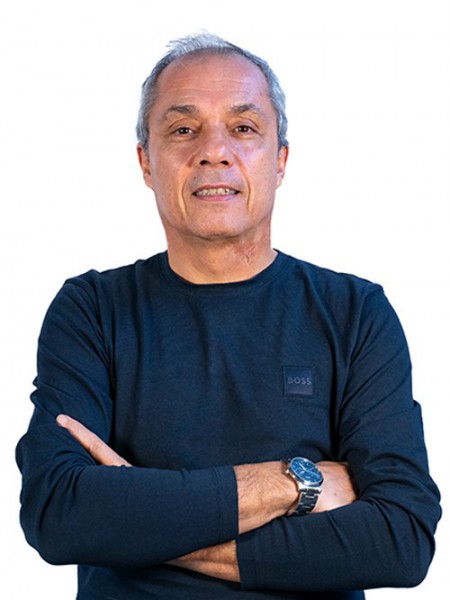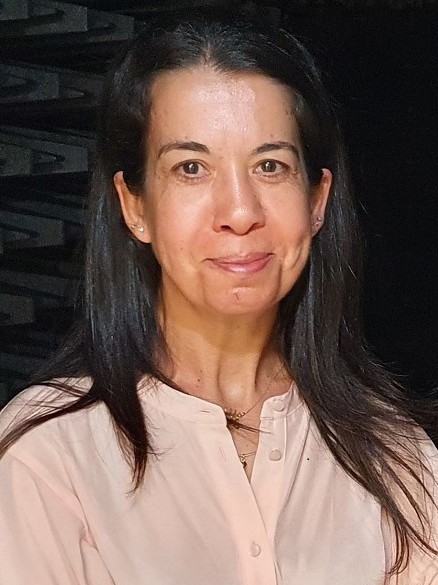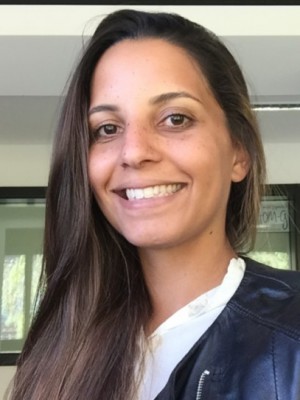resumo
Luminescent solar concentrators (LSCs) are cost-effective components easily integrated in photovoltaics (PV) that can enhance solar cells' performance and promote the integration of PV architectural elements into buildings, with unprecedented possibilities for energy harvesting in facade design, urban furnishings and wearable fabrics. The devices' performance is dominated by the concentration factor (F), which is higher in cylindrical LSCs compared with planar ones (with equivalent collection area and volume). The feasibility of fabricating long-length LSCs has been essentially limited up to ten of centimetres with F<1. We use a drawing optical fibre facility to easily scale up large-area LSCs (length up to 2.5m) based on bulk and hollow-core plastic optical fibres (POFs). The active layers used to coat the bulk fibres or fill the hollow-core ones are Rhodamine 6G- or Eu3+-doped organic-inorganic hybrids. For bulk-coated LSCs, light propagation occurs essentially at the POFs, whereas for hollow-core device light is also guided within the hybrid. The lower POFs' attenuation (similar to 0.1m(-1)) enables light propagation in the total fibre length (2.5m) for bulk-coated LSCs with maximum optical conversion efficiency ((opt)) and F of 0.6% and 6.5, respectively. For hollow-core LSCs, light propagation is confined to shorter distances (6-9x10(-2)m) because of the hybrids' attenuation (1-15m(-1)). The hollow-core optimised device displays (opt)=72.4% and F=12.3. The F values are larger than the best ones reported in the literature for large-area LSCs (F=4.4), illustrating the potential of this approach for the development of lightweight flexible high-performance waveguiding PV. Copyright (c) 2016 John Wiley & Sons, Ltd.
palavras-chave
QUANTUM DOTS; UREASIL HYBRIDS; EFFICIENCY; ENERGY; FIBER; FILMS; COMPLEX; MATRIX; CELLS; GLASS
categoria
Energy & Fuels; Materials Science; Physics
autores
Correia, SFH; Lima, PP; Pecoraro, E; Ribeiro, SJL; Andre, PS; Ferreira, RAS; Carlos, LD
nossos autores
Projectos
CICECO - Aveiro Institute of Materials (UID/CTM/50011/2013)
Harvesting the energy of the sun for a sustainable future (CENTRO-07-ST24-FEDER-002032)
agradecimentos
This work is partially developed in the scope of the projects CICECO-Aveiro Institute of Materials (UID/CTM/50011/2013) and Instituto de Telecomunicacoes (UID/EEA/50008/2013), financed by national funds through the Fundacao para a Ciencia e a Tecnologia/Ministerio da Educacao e Ciencia (FCT/MEC) and when applicable co-financed by FEDER under the PT2020 Partnership Agreement. The support of COST Action MP1202 Rational design of hybrid organic-inorganic interfaces is also acknowledged. SFHC and PPL thank FCT for a PhD fellowship (SFRH/BD/91263/2012) and a post-doctoral scholarship under the Project Mais Centro-PORC, CENTRO-07-ST24-FEDER-002032, respectively. LDC is grateful to CAPES and CNPq (Brazil) for a fellowship within the science without borders program. L Fu from University of Aveiro is gratefully acknowledged for help in the synthesis.





